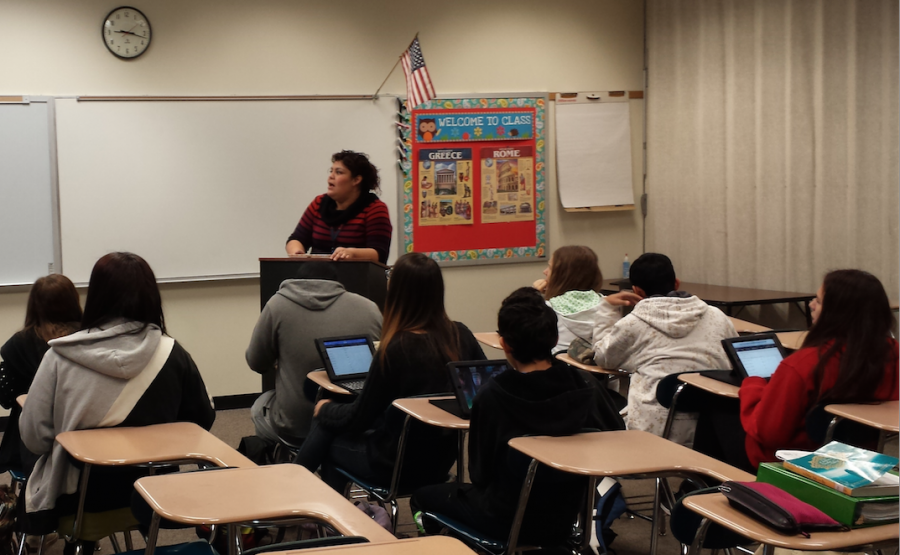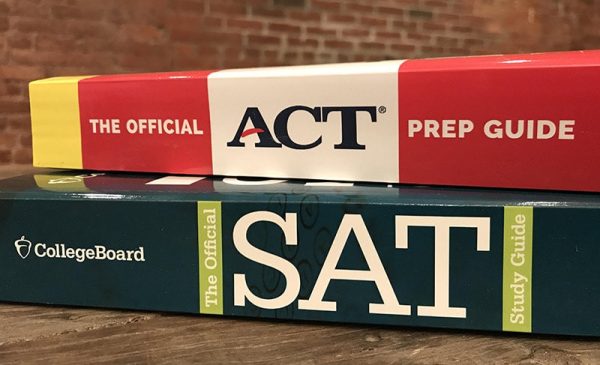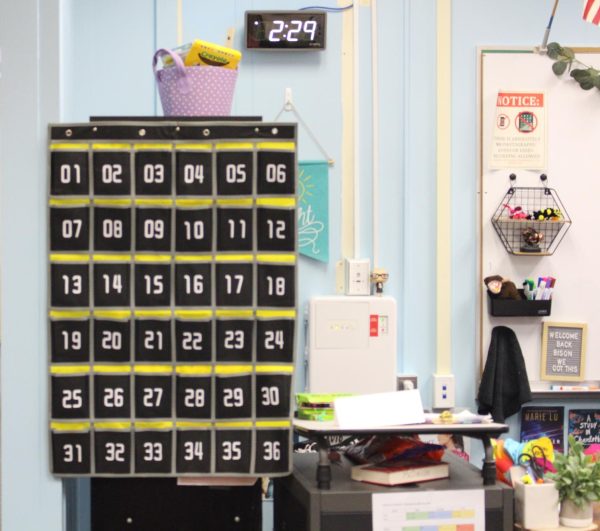D214 ELL program funded to better achieve goals
The ELL (English Language Learners) program in District 214 schools originally began in the 1980’s. Federal court cases at the time mandated schools to provide equal opportunities for children who do not speak English as their first language.
According to ELL District Director Norman Kane, about 10 years ago the district decided to move ELL students from Prospect and Hersey High School to BG due to a lack of teachers supporting a full program at those schools. Now, there is an ELL program at BG, Wheeling, Rolling Meadows and Elk Grove high school.
“Each ELL student comes in as an individual,” Rolling Meadows ELL coordinator Greta Rakow said. “ELL students need individual attention in all of their classes. Students need help with vocabulary development, writing skills, building background knowledge and classroom discourse.”
According to Kane, there are two goals in the ELL program: to increase the English proficiency of the students so that they can exit the ELL program, and to keep up support in their content classes so that they can leave high school with basic communication skills. In 2013, 54 percent of ELL students exited the program,which is above the national average. Furthermore, 94 percent of all freshmen in the ELL program saw their literacy skills grow at an above average rate. More specifically, according to BG ELL coordinator Stephanie Ramos, 67 percent of all ELL students at BG exited the program in the 2013–2014 school year. She said that the program has been very successful even after the increased difficulty of the ACCESS test (a state assessment of the English proficiency of ELL students).
“We have a rigorous program and high standards,” Ramos said. “Expectations and strategies are like normal classes, but more guided.”
One problem, however, has been students struggling with the ACT and Prairie State Achievement Exam. Kane states this is the main priority for the program. In order to solve current problems in the ELL program, the district has created a new position that will be funded on a year–to–year basis through the Immigrant Education Program Grant (a grant with guidelines to help ELL programs). The new position has been filled by BG English teacher Dr. Anna Schultes.
“Dr. Schultes is playing an important role because she can go directly to the teachers and work with them on any questions or issues that they are facing,” Kane said. “Dr. Schultes will be able to help teachers in a more personal and customized way. We are expecting that her work with teachers will translate directly into students learning more and being more successful.”
Aside from the new position, the district has been acquiring more data on its ELL students. All ELL students now have to take an SRI (Scholastic Reading Inventory) test which shows teachers students’ LEXILE scores. This past summer, the district also took an initiative in teaching incoming ELL freshmen by elongating the summer school program.
Last year, BG was able to incorporate iPads into all ELL courses. There has gradually been an increase in what Ramos describes as “long–term learners.” These include students who were born in the United States, but still go into high school involved in the ELL program. To accommodate people of all levels, Ramos, when first given the position of ELL coordinator at BG, made separate levels of ELL classes. By doing this, class sizes would be smaller and needs of students would be met on a more intimate level.
ELL has combined students from all over the world into one program. Ramos states that a smaller classroom allows for a more comfortable transition from the student’s home country. Senior Parind Petiwale graduated from the ELL program at BG during the 2013–2014 school year after being in it for three years. He came to the U.S. from India not knowing how to speak English proficiently, and now speaks and understands it fluently.
“ELL has made my grammar and English powerful,” Petiwale said. “I made lots of new friends from different countries.”






